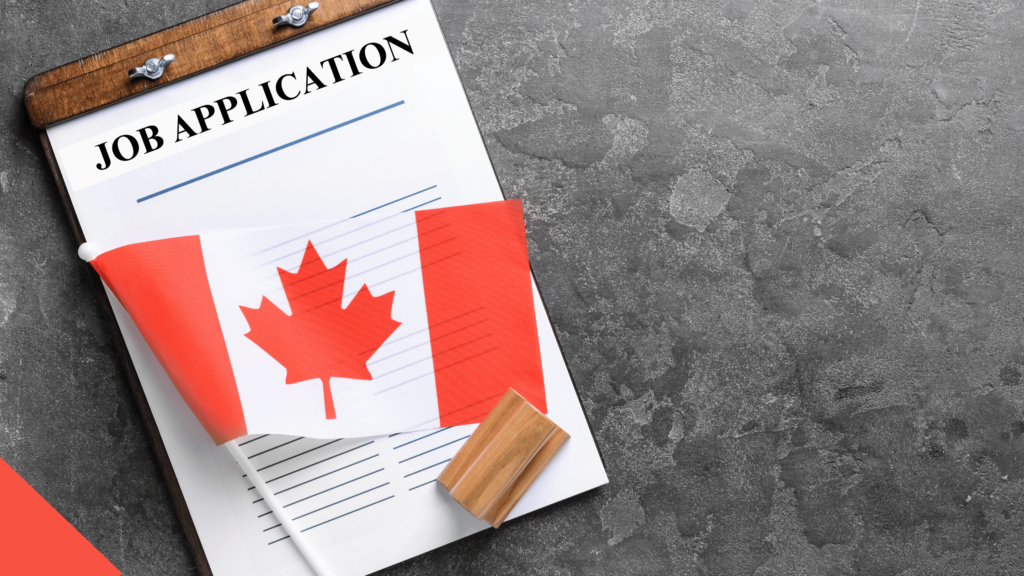Want to get hired in Canada? Knowing the Canadian resume format is key. This guide will show you how to structure your resume, what sections to include and how to make it stand out to Canadian employers. Let’s get noticed.
Quick Facts
-
Canadian resume format is all about brevity and relevance. No age, ethnicity, marital status etc. to promote equality and prevent discrimination.
-
Choosing the right format is important. Reverse chronological is the standard but functional is good for those highlighting transferable skills or changing careers.
-
Must have sections in a Canadian resume are contact information, professional summary or objective, work experience, education and skills. You can add additional sections like certifications, volunteer experiences and language proficiencies to boost your resume.
Canadian Resume Format
Entering the Canadian job market requires knowing the resume expectations. Canadian resume format is a structured and concise way to present your work history and relevant skills, typically one to two pages.
Unlike American resume which has some similarities, Canadian resume focuses on relevant details, no age, ethnicity, marital status etc. to promote equality and prevent discrimination.
And unlike the more detailed European CV, Canadian resume is brief, professional tone and Canadian spelling in English or French.
Choosing the Right Format for Canada
Choosing the right format is important as it can make a big difference in your job prospects in Canada. Reverse chronological is the standard here, showcasing your most recent work experience first and what most Canadian employers prefer.
But if you want to highlight transferable skills rather than linear work history, functional resume might be the way to go, especially if you’re new to the workforce or changing careers.
Must Have Sections of a Canadian Resume
A Canadian resume should have several sections that together tell your professional story. From a clean header to a professional summary and detailed sections on work experience, education and skills, each part of your resume should be tailored to the job you’re applying for. This shows your qualifications and to Canadian employers that you understand and can meet their requirements.
Contact Information
At the top of your Canadian resume, the contact information section should have the following:
-
Full name
-
Job title
-
Phone number
-
Professional email
-
Location
You can also include your LinkedIn profile or personal website to give a complete view of your online presence.
Professional Summary or Objective
Professional summary or resume objective is your elevator pitch, a brief summary of your professional self. Choose summary if you have lots of experience and achievements to showcase or objective if you’re just starting out or targeting a specific role that matches your skills and motivation.
Whichever you choose, make sure it matches the job requirements and company culture.
Work Experience
Work experience is where you prove your professional self against the job requirements. List your roles in reverse chronological order, highlight achievements and responsibilities most relevant to the job you’re applying for. Whenever possible, quantify these achievements to give a clearer picture of your impact and use action verbs to show dynamism and initiative.
Educational background
In education section, brevity is key. List your most recent and relevant education first, degree, institution and graduation date. This section usually comes after work experience unless your education is highly relevant to the job you’re applying for.
Skills
The skills section is where you can highlight the skills that make you a perfect candidate for the job. Divide your skills into categories, list both hard and soft skills that match the job description. Canadian employers highly value soft skills like communication and teamwork so don’t be shy to showcase these along with your technical skills.
Additional Sections to Add to Your Canadian Resume
While the must have sections of your resume are important, additional sections can give a more complete view of your abilities and interests. These optional sections like certifications, volunteer experiences and language proficiency can help you stand out in a competitive job market. If you’re not sure how to present these sections, consider getting help from a certified professional resume writer.
Certifications and Courses
Certifications and relevant courses can be a proof of your specialized skills and commitment to continuous learning. Whether from a recognized institution or online platforms like Coursera, these recognition of your expertise are worth mentioning.
Volunteer Experience
Include your volunteer work in your resume not only to show your willingness to give back to the community but also to highlight your leadership and teamwork skills. This experience can be more impactful if placed in a separate ‘volunteering’ section, especially if it’s not related to your professional career.
Languages
Language skills are highly valued in today’s global and diverse Canadian workplaces. List your proficiency in multiple languages as this can be an advantage for bilingual positions.
Resume Mistakes to Avoid
Writing your resume with precision is important as common mistakes can weaken your application. From not including personal information to not making it too long or too short, attention to detail is key to developing your resume writing skills.
Free Resume Templates
If you’re new to the Canadian job market or looking to switch industries, a Canadian resume template can be a helpful tool. Use Careerpilot AI resume builder to customize a free Canadian resume templates designed to showcase your strengths and professional achievements in a format that will impress Canadian employers. Using a resume template will help you stand out in the job market.
How to Customize Your Resume for Different Jobs in Canada
One size fits all approach to resumes won’t work in the Canadian job market. Customize your resume for each job application, make sure you include relevant keywords and highlight achievements that match the job requirements.
Understanding the Canadian CV Format
By the way, in Quebec they call it a CV instead of a resume but it’s basically the same thing. This comes from European terminology since Quebec has its own culture and language. Whether they ask for a CV or a resume, the expectation is a concise and structured presentation of your work history and skills.
Knowing this can be key when applying to jobs in Quebec so you meet local expectations and showcase your qualifications. Make sure to customize your CV for each job by highlighting the most relevant experiences and using Canadian spelling.
For the rest of Canada, it’s important to understand the difference between a CV and a Resume and when to use each type of Canadian format.
Cover Letter for Canadian Employers
A well written cover letter is the perfect accompaniment to your Canadian resume, giving a more detailed view of how your skills and experiences match the job posting and company’s needs.
A good cover letter can make a great first impression and set the tone for a successful application.
Summary
You now have the knowledge and tools to create a great Canadian resume. From understanding the Canadian resume format to customizing each section and writing a cover letter, you’re ready to tackle the Canadian job market. Remember, the goal is to present a clear, concise and relevant snapshot of your professional life that matches your employer’s needs.
FAQs
What’s the difference between a Canadian resume and an American resume?
The main difference between a Canadian resume and an American resume is the inclusion of personal details and the focus on work history and skills.
Canadian resumes don’t include personal details to avoid discrimination and use Canadian spelling and professional tone, American resumes may include more personal information and different spelling conventions.
Should I include a picture on my Canadian resume?
No, it’s not recommended to include a picture on your Canadian resume as it’s not common practice and can lead to discrimination. Canadian law also prohibits employers from asking for such information.
How long should my Canadian resume be?
Your Canadian resume should be one to two pages long depending on your experience. Focus on the relevant information and leave out the irrelevant for clarity and impact.
Can I use a functional resume in Canada?
A functional resume can be used in Canada to showcase transferable skills but the reverse chronological format is more popular among Canadian employers. Consider the employer’s preference when choosing a resume format.
Do I need to customize my resume for each job in Canada?
Yes. Customize your resume for each job. Use the keywords from the job posting and highlight your achievements that match the job.Use the keywords from the job posting and highlight your achievements that match the job.






